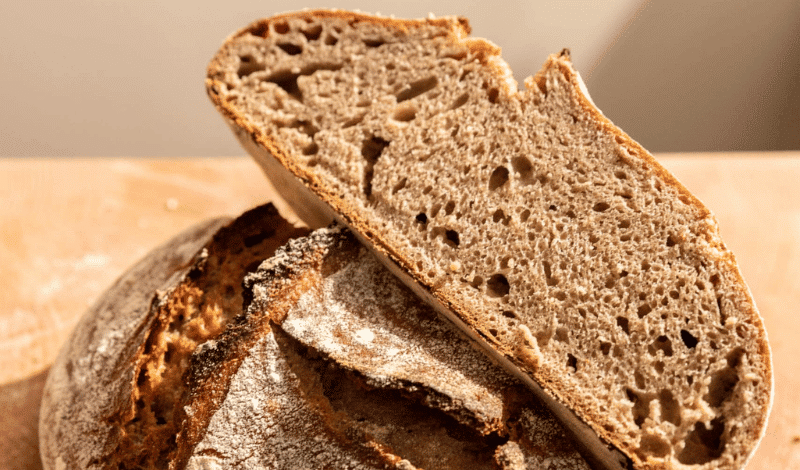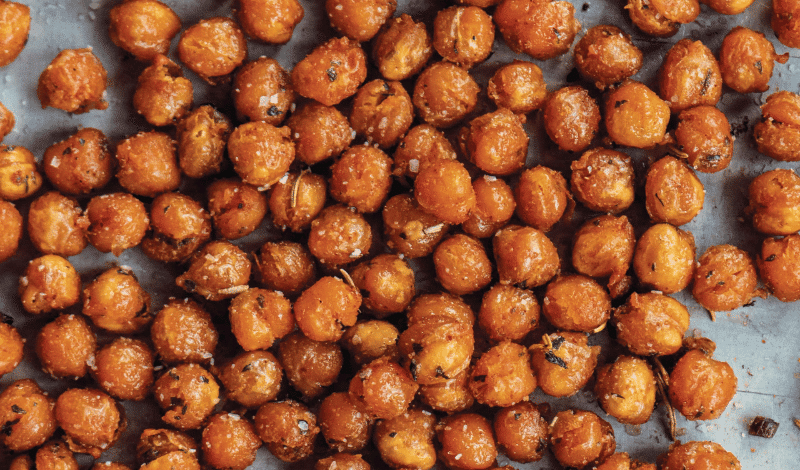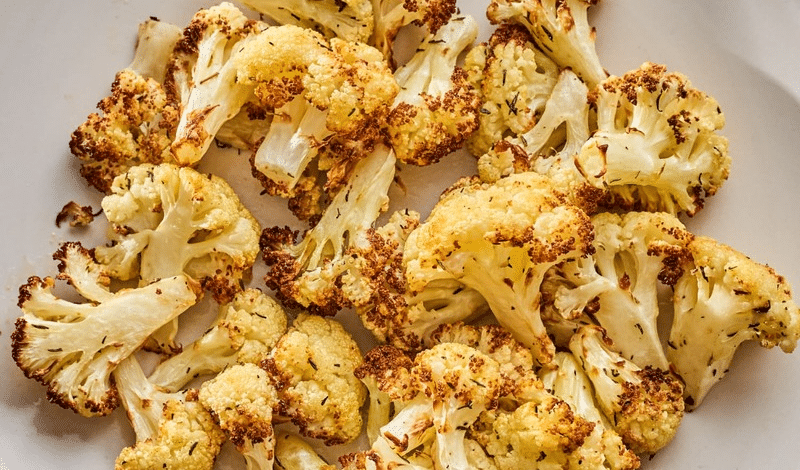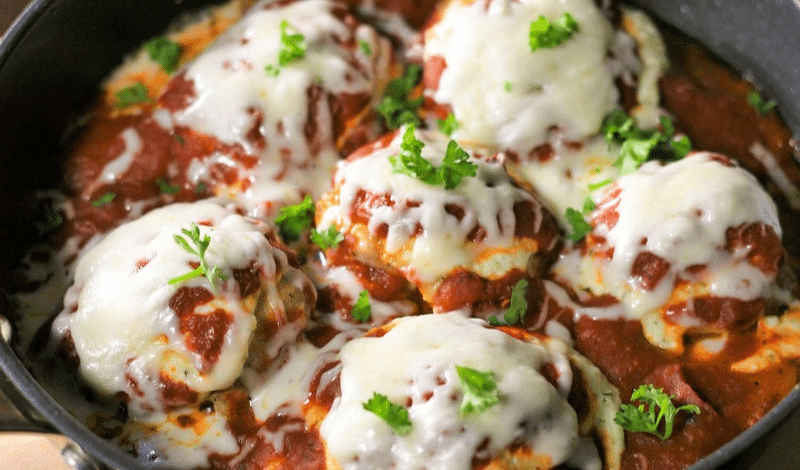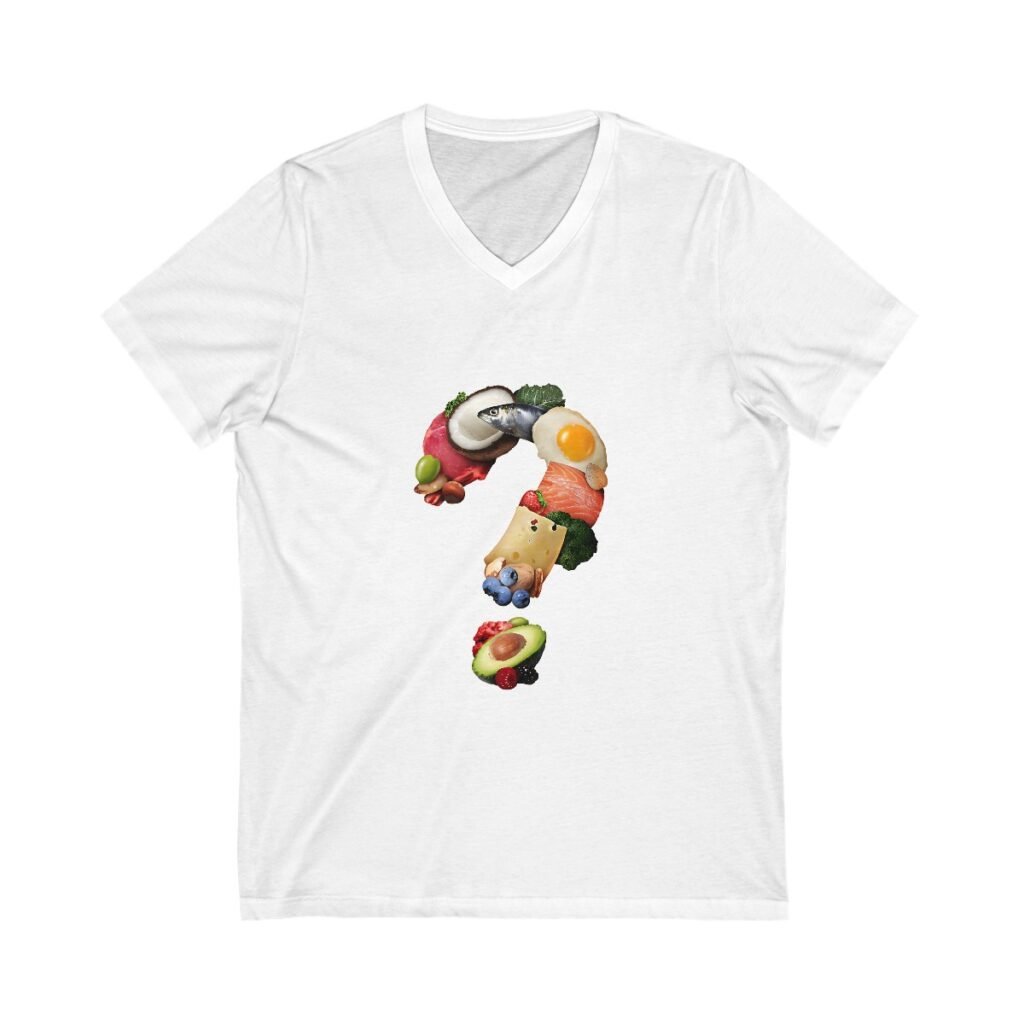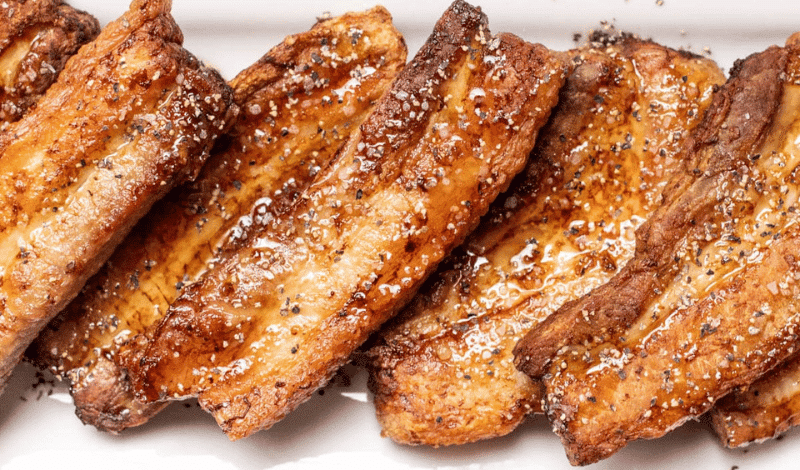Rye sourdough bread is a delightful variation of the traditional sourdough, offering a rich, earthy flavour and a dense, moist texture. Made with rye flour and a sourdough starter, this bread has a distinct tanginess that pairs beautifully with various toppings and dishes. Whether you’re a seasoned baker or a beginner, this recipe will guide you through creating a loaf of rye sourdough that is both nutritious and delicious.
More about Rye Sourdough Bread
Rye flour contains less gluten than wheat flour, resulting in a denser loaf with a slightly chewy crumb. The natural fermentation process of sourdough enhances the flavour and improves the bread’s digestibility. Rye sourdough is particularly popular in Scandinavian and Eastern European cuisines, where it has been a staple for centuries. This bread is perfect for sandwiches, toast, or enjoyed with a pat of butter.
Try this Tasty & Perfect Sourdough Dinner Rolls Recipe
Simple and Tasty Rye Sourdough Recipe
Recipe by Eric12
servings20
minutes40
minutes20
hoursIngredients:
1 cup (240g) active rye sourdough starter
2 cups (480ml) warm water
3 cups (360g) rye flour
1 cup (120g) bread flour
2 teaspoons salt
Optional: caraway seeds for topping
Instructions:
- Feed the Starter: Ensure your rye sourdough starter is active and bubbly. Feed it 4-6 hours before you plan to start baking.
- Mix the Dough: Combine the rye sourdough starter and warm water in a large bowl. Mix until the starter is dissolved. Add the rye flour, bread flour, and salt. Mix until a shaggy dough forms.
- Autolyse: Cover the bowl with a damp cloth and let the dough rest for 30 minutes. This helps to hydrate the flour and makes the dough easier to work with.
- Knead the Dough: Transfer the dough to a lightly floured surface and knead it for about 10 minutes. The dough will be sticky, so you may need to wet your hands occasionally to manage the stickiness.
- First Rise: Place the dough in a clean bowl, cover it with a damp cloth, and let it rise at room temperature for 4-6 hours or until it has doubled.
- Shape the Loaf: Turn the dough out onto a lightly floured surface. Shape it into a round or oval loaf. Place the loaf in a proofing basket or a bowl lined with a floured kitchen towel.
- Second Rise: Cover the loaf and let it rise for another 2-4 hours at room temperature, or refrigerate it overnight for a slower, more flavorful fermentation.
- Preheat the Oven: Preheat your oven to 450°F (230°C) with a Dutch oven or baking stone inside.
- Score and Bake: When heating the oven, carefully transfer the loaf to the preheated Dutch oven or baking stone. Score the top of the loaf with a sharp knife. Cover and bake for 20 minutes. Remove the lid and bake for another 20 minutes until the crust is deeply browned and the loaf sounds hollow when tapped on the bottom.
- Cool: Transfer the baked loaf to a wire rack and let it cool completely before slicing.
Ideas for Serving
Rye sourdough bread is versatile and pairs well with various dishes. For a simple breakfast, enjoy it with butter, jam, or honey. It also complements savoury toppings like smoked salmon, cream cheese, or avocado. For a hearty lunch, use it to make sandwiches with your favourite fillings or serve it alongside soups and stews.
Nutritional Information (per slice)
- Calories: 120
- Carbohydrates: 24g
- Protein: 4g
- Fat: 1g
- Fiber: 3g
- Sodium: 200mg
History
Rye bread has a long history, particularly in Eastern and Northern Europe, where rye grains are more suited to cooler climates than wheat. The tradition of sourdough fermentation dates back thousands of years and was the primary method of leavening bread before the advent of commercial yeast. Rye sourdough combines these ancient practices, creating a bread that is delicious and steeped in history.
FAQs
Q: Can I use only rye flour instead of a mix?
A: Pure rye flour can make the bread very dense and heavy. Mixing it with bread flour helps achieve a better texture and structure.
Q: How do I store rye sourdough bread?
A: Store the bread at room temperature in a paper bag or wrapped in a kitchen towel. For longer storage, slice and freeze the bread. Toast slices directly from the freezer.
Q: Why is my dough so sticky?
A: Rye flour contains less gluten than wheat flour, making the dough stickier. This is normal for rye bread. Wetting your hands while kneading can help manage the stickiness.
Q: Can I add seeds or nuts to the dough?
A: Adding seeds or nuts can enhance flavour and texture. Add them during the initial mixing stage.


